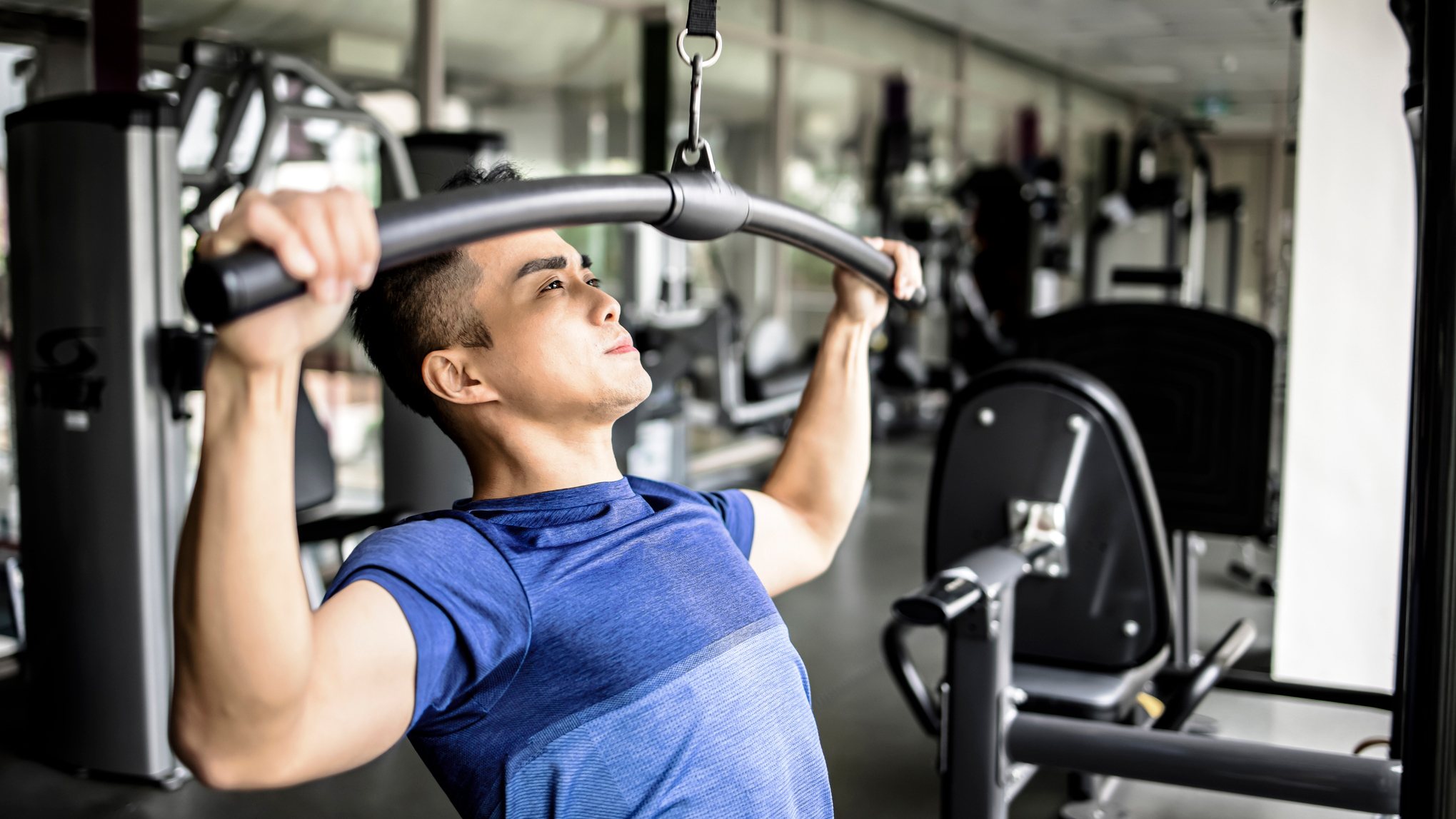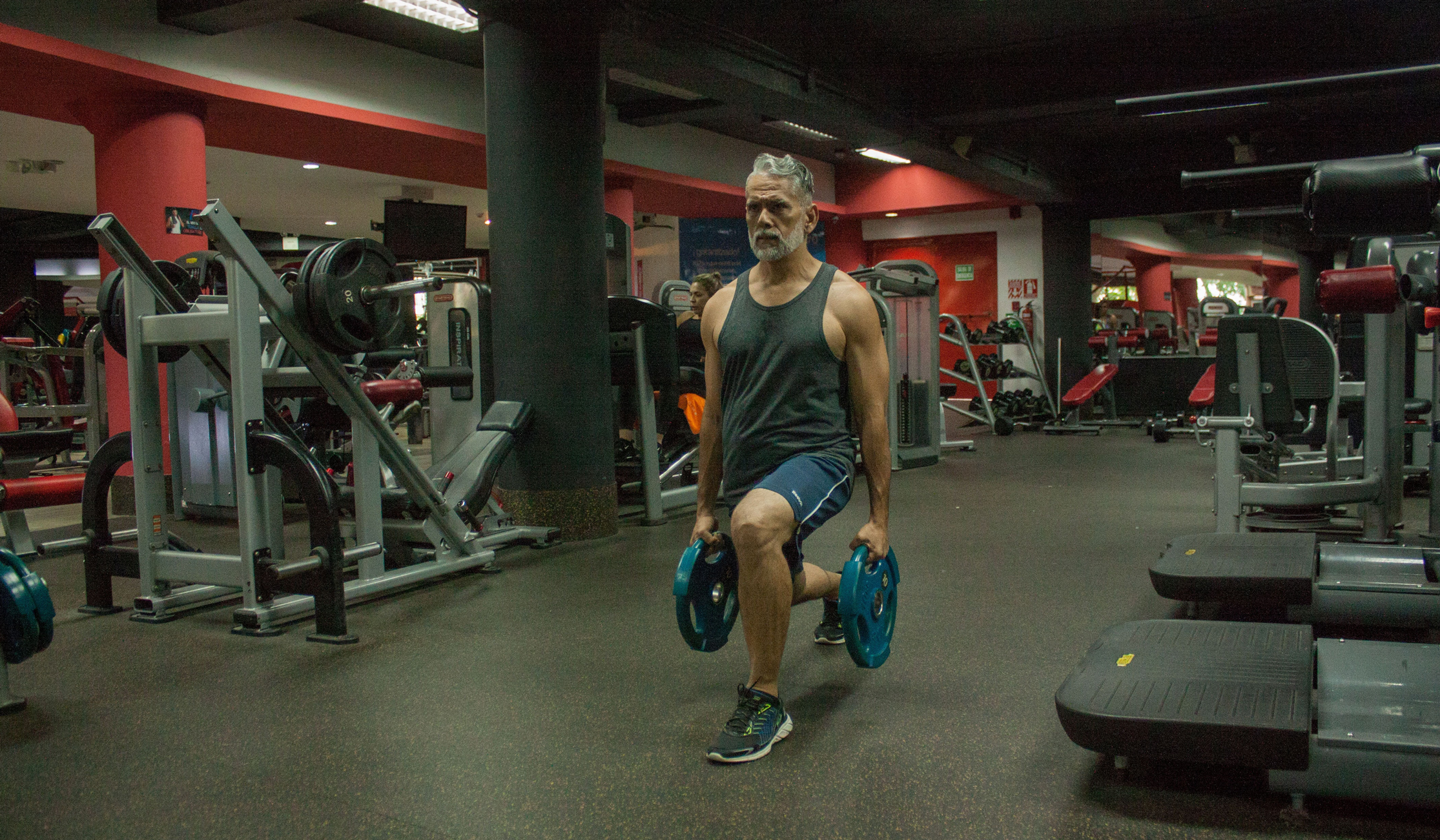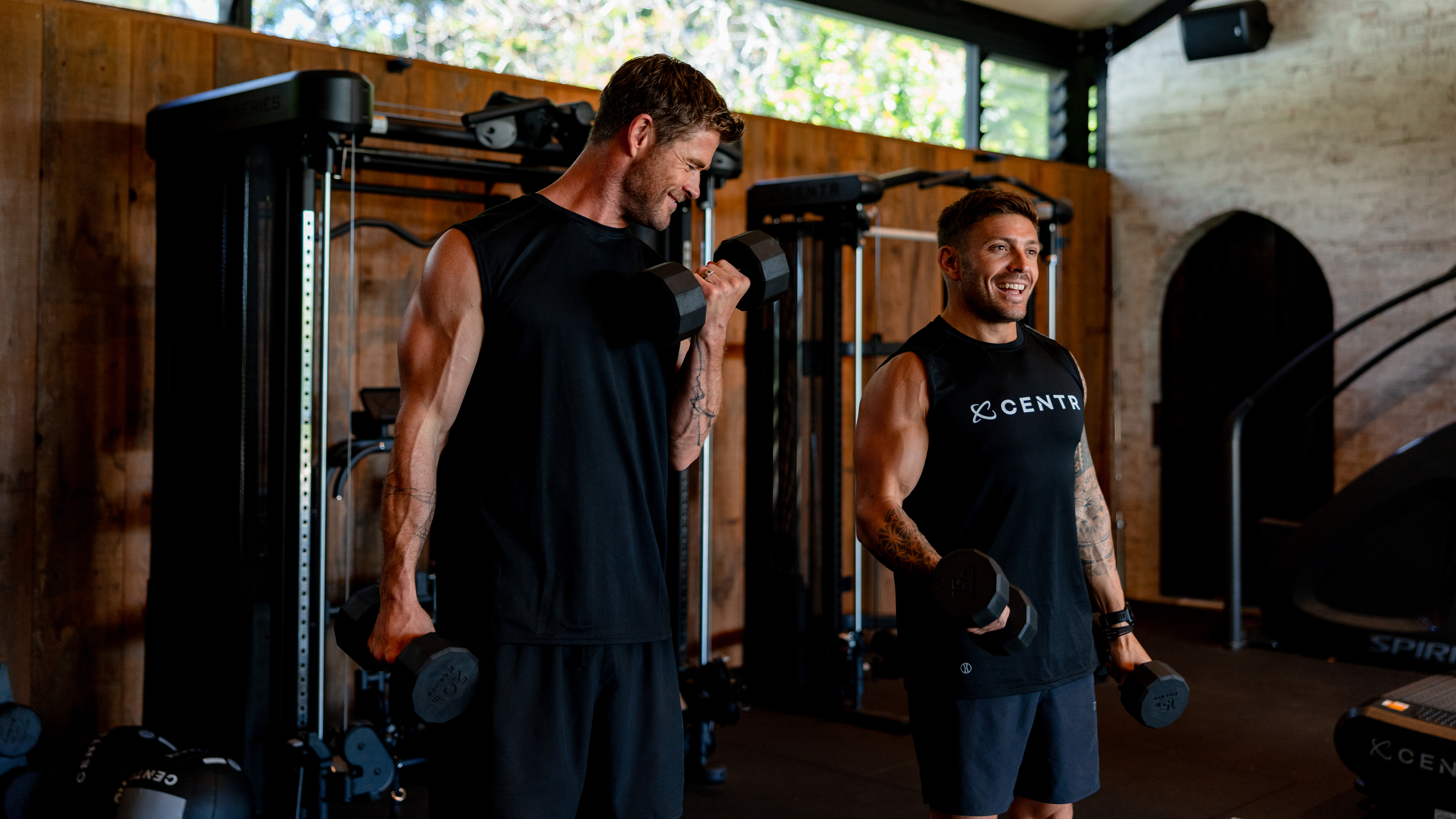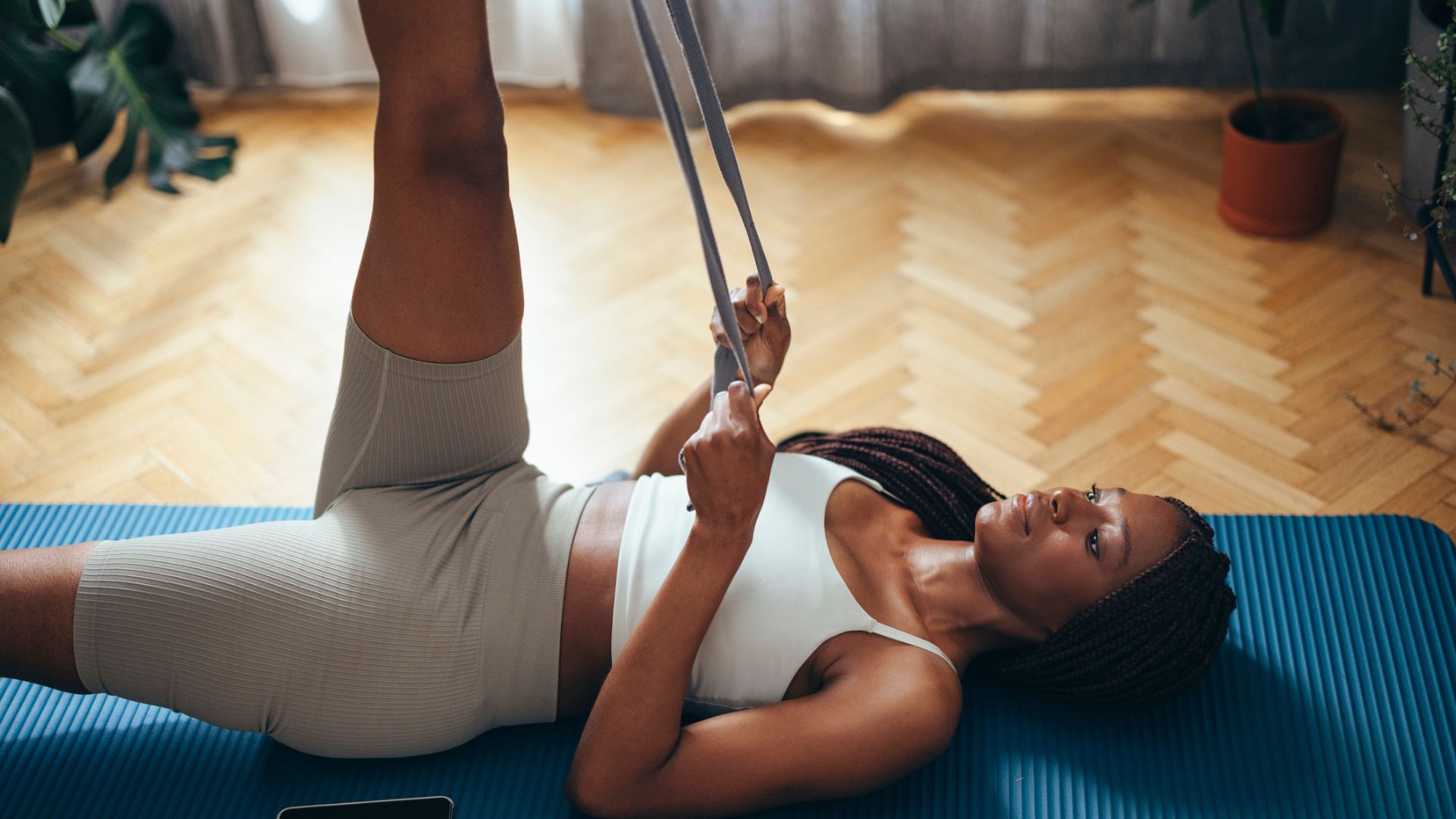Why lifting weights and building muscle is as good as stretching (if you do it right)
Lifting weights can be extremely beneficial to your muscle's range of motion as well as strength and size


Does building muscle make you inflexible? When you watch pumped-up bodybuilders strut onstage with their arms at 45-degree angles, compared to the lithe movements of a dancer, yogi or sportsperson, it certainly seems that way.
However, it all depends how you train. Resistance training, whether with the best resistance bands or best adjustable dumbbells, doesn't actually impact your muscle's range of motion even at the highest level of weight training, according to new research from the Journal of Strength and Conditioning Research.
Researchers from Auckland University of Technology examined highly trained New Zealand powerlifters, and their range of motion in comparison to their levels of strength. It seems there is no difference between the range of motion of powerlifters and people who just train recreationally with weights.
What's more, in a separate study conducted by researchers from the University of North Dakota, lifters were compared with people who performed static stretches for five weeks. The study found "there was no difference in hamstring flexibility, hip flexion, and hip extension improvement" between lifters and stretchers. Resistance training with full range of motion actually improved the lifter's flexibility.

That's not to say you shouldn't stretch – far from it. Stretching is very important for promoting blood flow around the body as well as increasing your range of motion. It can even help prevent future cardiovascular problems, according to research . On top of all that, it's a terrific stress reliever. Our guide to beginner's stretching exercises can help you get started.
However, don't discount weights just because you think they're for pumped-up posers. As mentioned in the studies above, lifting with full range of motion can improve your performance and increase the muscle's ROM. During the bench press, lower the bar slowly, stretching your pecs as the bar touches your chest. During the squat, lighten the load and get down lower (see our squat guide for more)
A solid resistance training regime can enhance your health, wellbeing, and sporting performance. Love to walk? Resistance training can help you walk further, faster by training your legs with movements like squats. Golfer? Train your core, arms, and shoulders with resistance bands to increase your driving distance.
Get the Fit&Well Newsletter
Start your week with achievable workout ideas, health tips and wellbeing advice in your inbox.
No matter your discipline, you can benefit from a great resistance training routine. We recommend joining a gym or finding a piece of equipment you like, such as the dumbbells or resistance bands above, and taking it easy at first. You can even do resistance training with an exercise bike or an elliptical machine by upping the intensity and resistance.
Matt Evans is an experienced health and fitness journalist and is currently Fitness and Wellbeing Editor at TechRadar, covering all things exercise and nutrition on Fit&Well's tech-focused sister site. Matt originally discovered exercise through martial arts: he holds a black belt in Karate and remains a keen runner, gym-goer, and infrequent yogi. His top fitness tip? Stretch.
-
 Build blockbuster arms and abs with Chris Hemsworth's go-to dumbbell circuit
Build blockbuster arms and abs with Chris Hemsworth's go-to dumbbell circuitAll you need are adjustable dumbbells and 20 minutes
By Sam Rider Published
-
 Forget crunches—if I wanted to improve core strength I'd do this neck-friendly Pilates workout
Forget crunches—if I wanted to improve core strength I'd do this neck-friendly Pilates workoutAnd it takes just five minutes
By Maddy Biddulph Published